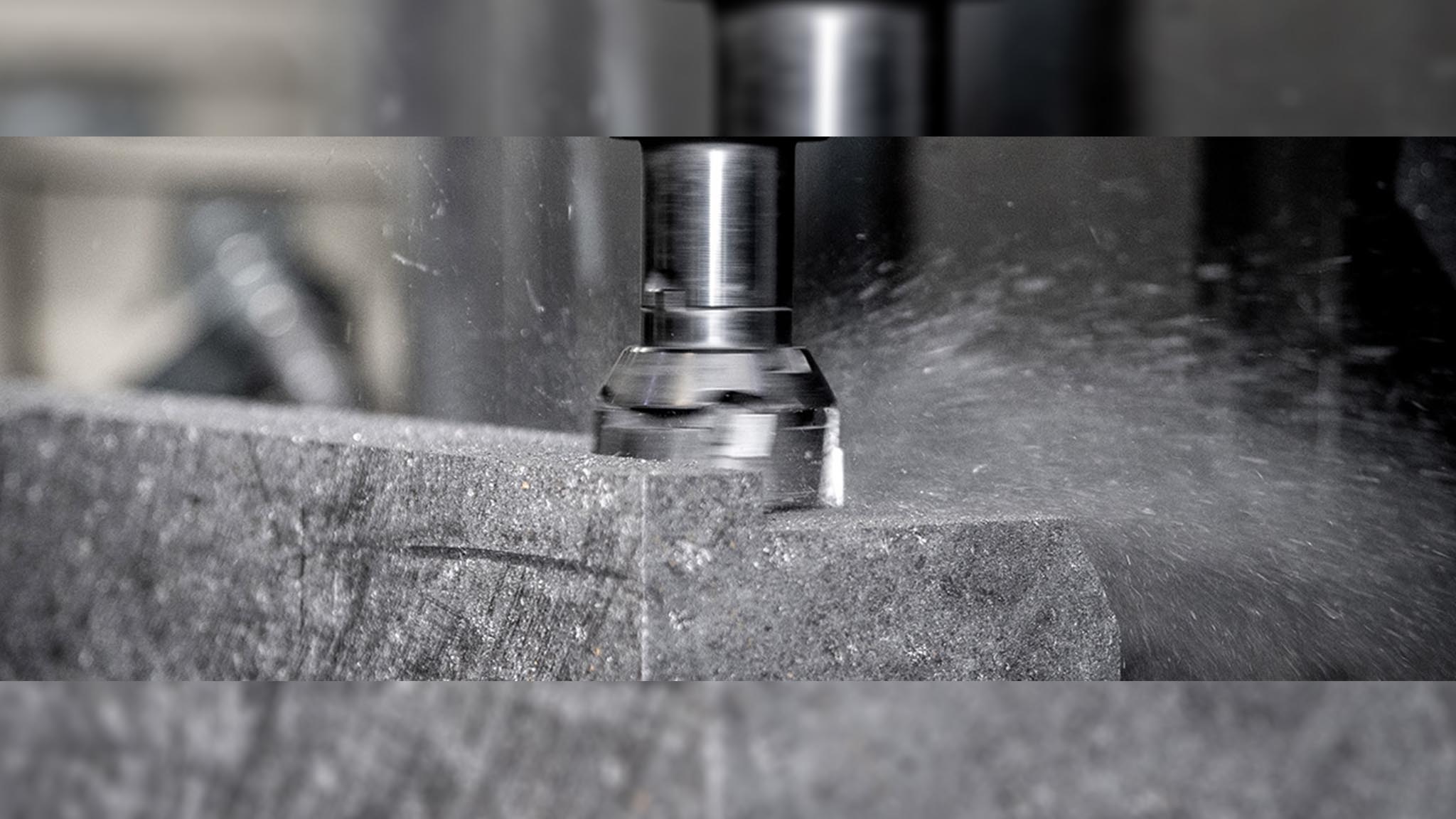Specialized in Graphite Prototyping
CNC Machining Prototyping with Graphite Rapid Prototyping Projects in-house CNC Machining/cnc milling services.We offer straight CNC machining services only for graphite. From CNC milling and lathe work to grinding, CNC machining is a viable option for everything from prototypes to low-volume production.We offer many materials, including plastics and metals. One of the many benefits of our CNC machining services is our ability to use spec material with production-quality tolerances.Once the parts are complete, We saves the programming and fixturing for future jobs. This makes repeat orders easy and allows us to start low-volume production jobs quickly.The most common materials used for CNC machining are ABS, nylon,glass-filled nylon, BT, Polycarbonate, Delrin, Aluminum, steel and zinc. Magnesium alloy Steel
But we are specialized only in Graphite prototyping:
What is CNC Machining for Rapid Prototyping?
CNC machining is used to produce incredibly accurate, high quality parts with an excellent finish.
The CNC machining services we offer mean prototype tools can be injected in-house and production tools can be run by our subcontractors or supplied to you for moulding. We can also provide a full range of tool refurbishment.
CNC Machining Process?
CNC machine types include simple mills with linear and rotary movement, lathes and more complex machines with multiple axes that can work multi-dimensionally to produce highly accurate parts which may be used for form, fit and functional testing.
The CNC process involves sending a complex program which has been processed using a 3D machining program to generate the required cutter paths to the CNC machine which then runs an automated process to carry out the required ‘machining’ procedures. The CNC machine can be programmed to repeat the process, so multiple parts can be replicated to the same specifications.
The result is pinpoint accuracy, consistency and quality, even on the most complex of concept models or parts.
What are the benefits of CNC Machining?


Speed
The fully automated aspect of CNC milling and turning means that production times are cut dramatically
Accuracy
Through the use of computer CAD and CAM programming, it is possible to achieve incredible accuracy that is measured in microns
Repeatability
Once created, the programme can be used to produce exact copies of the original prototype to precise specifications
Quality control
The consistency of CNC milling and turning means that quality control for longer batch runs is easier to maintain
Cost effectiveness
A programmable and repeatable system lowers the unit price of each part, making larger production runs easier to cost manage 3D PRINTING READILY AVAILABLE, WHY SHOULD I CONSIDER CNC MACHINING? With all the hype around 3D printing, the initial impression is that it is a panacea for everything! As usual, life is not that straightforward. 3D Printing or Additive Manufacture can achieve some great results, especially if time is very limited. However, to assume that other technologies are now redundant is a leap too far.Costs are proportional to size firstly, 3D Printing costs are usually proportional to size - hence as parts get larger, alternative processes such as machining start to stage a comeback. The exact point moves around for different processes and geometries.
Surface finishes
Secondly, there is the big issue of surface finish. 3D Printed parts by their nature will be made in layers and on curved surfaces these can appear as steps. To achieve a good surface finish this needs to be hand dressed out before painting or tooling. CNC Machining works in a minimum of three simultaneous axes. The result being a smooth, accurate surface straight from the machine.
Material choices
Thirdly, materials are usually process specific for 3D Printing, whereas the list of options for CNC Machining are huge. Yes, processes such as FDM can additively create parts in ABS, PC etc, but these are still layered and as such will be different from an ABS prototype that has been CNC Machined from solid.CNC machining as a prototype option, A CNC prototype therefore has a lot to offer, especially if the goal is exhibition models where surface finish must be excellent. See a perfect example of this here. Additionally, CNC machining can be cost competitive, frequently allowing a ‘finished’ part to be delivered for the same price as a ‘raw’ 3D printed part.
